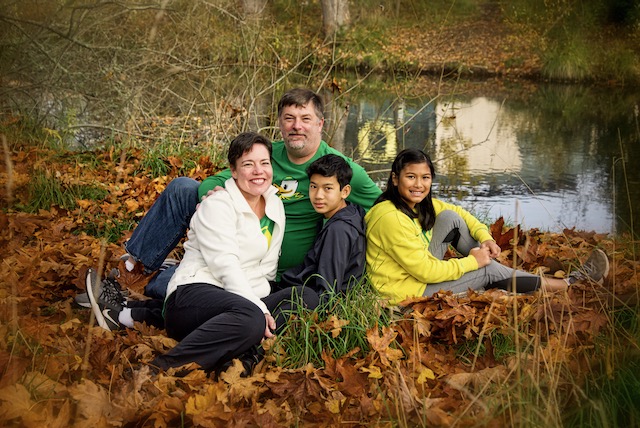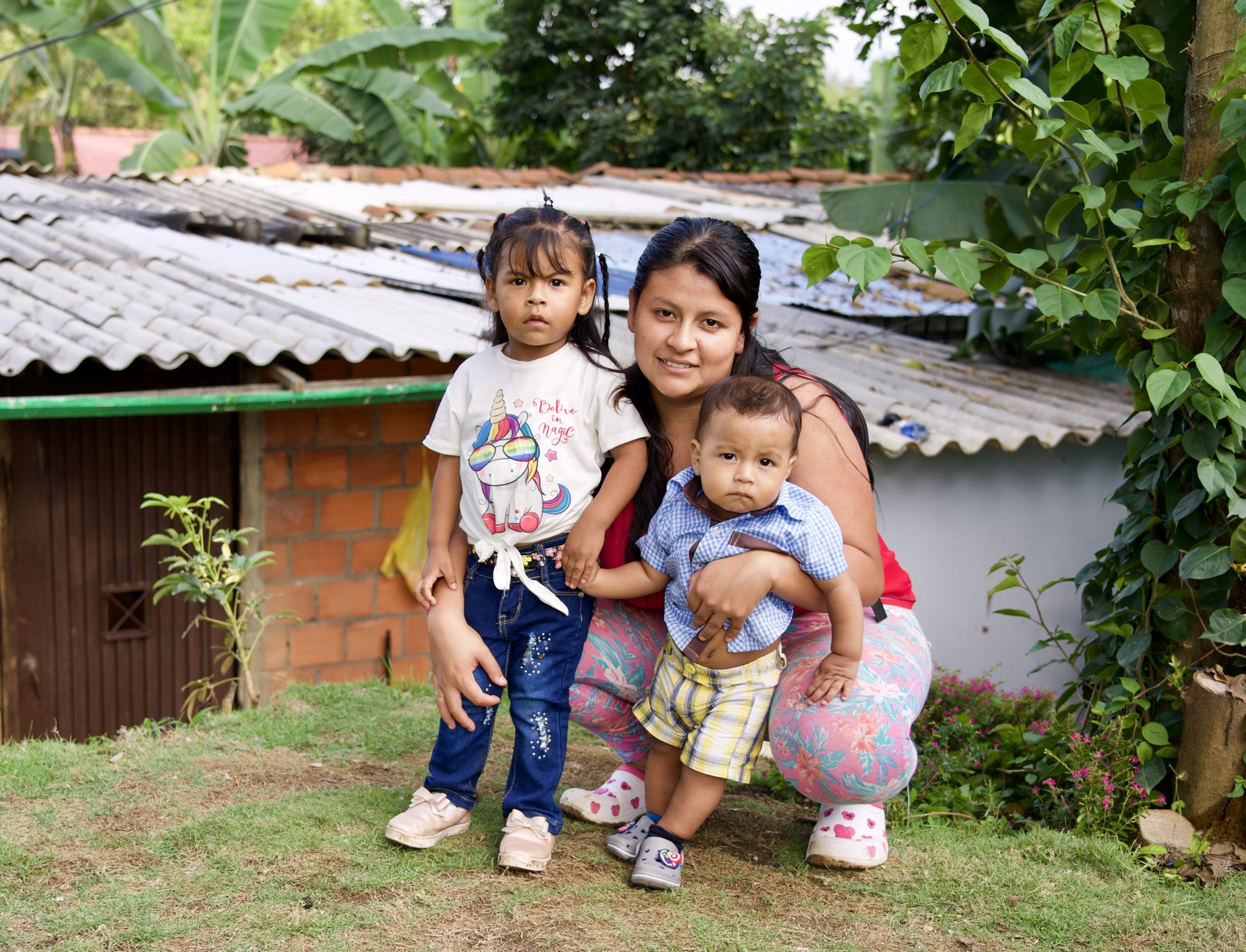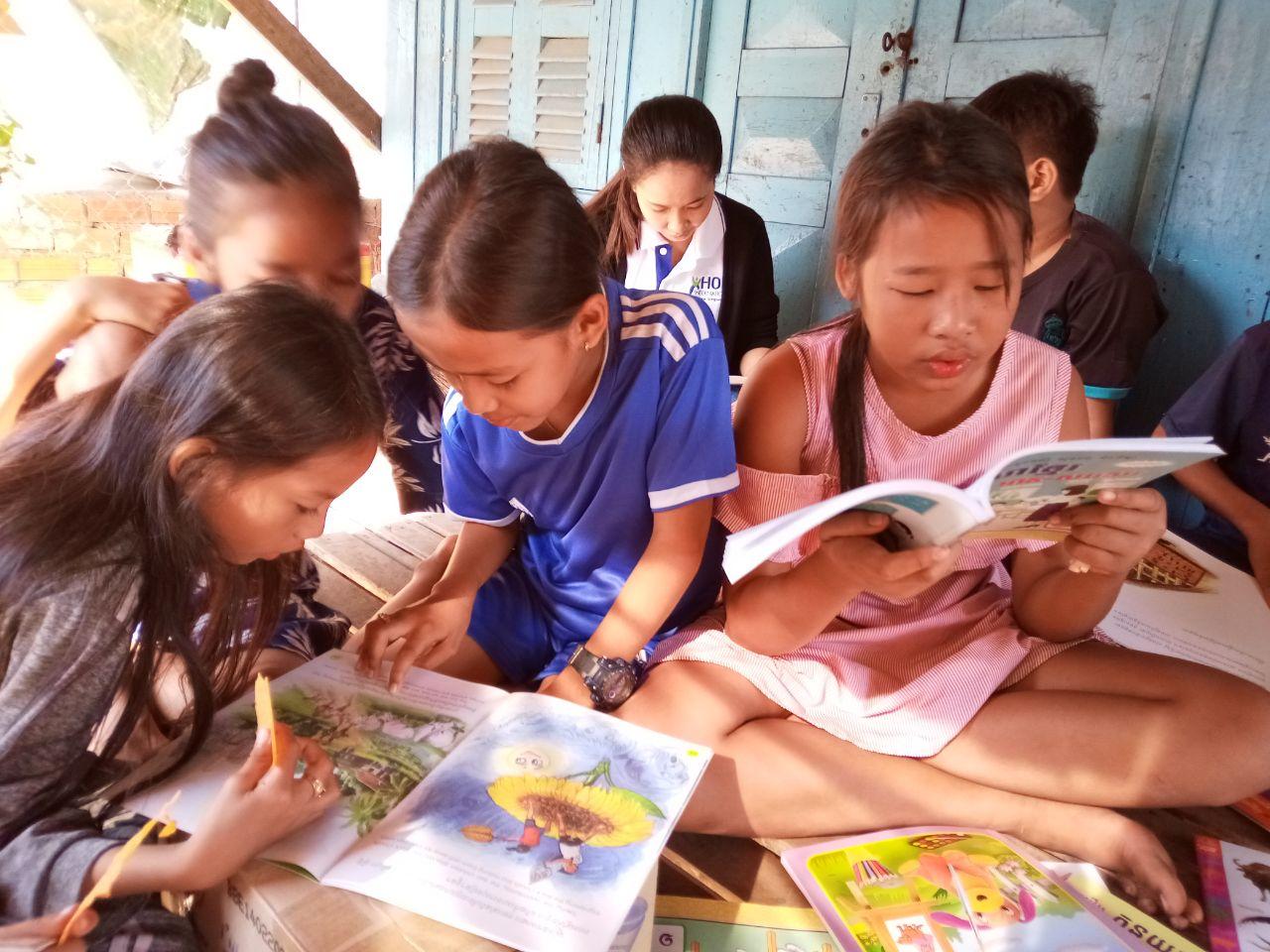Susie Doig, senior executive of U.S. programming, explains why understanding that adoption is more than a single moment in time requires us to take a broader, more comprehensive approach.

When most of us think about international adoption, we take a process with lifetime and generational implications and narrow it down to one brief moment in time — the moment an adoptive parent meets their child for the first time. We watch videos of an adoptive parent’s first embrace of their new child; see the child cry and pull away or perhaps fiercely hug the adoptive parent back, and we are overcome by this moment.
Few other moments in life are as transformational or poignant as when complete strangers come together as a family for the first time.
But those impacted by adoption know it cannot be distilled down to a single point in time. Adoption begins with a woman learning she is pregnant and feeling completely overwhelmed with how she will care for and raise a child. It begins with a family experiencing a series of setbacks that leads them to consider the unimaginable — is there someone else, anyone else, who can care for my children if I reach the breaking point?
The reality of adoption is that the impact begins well before a child is placed for adoption and extends far beyond the moment of placement, into eternity.
Flash forward in time to an adoptee graduating college, getting married, having a baby. The adoptee wonders if his birth parents had the opportunity to graduate from high school or college as he himself walks across the stage to accept his diploma. An adoptee stands before the altar and wonders how her wedding might be different if her birth father and birth mother were sitting in the front row next to her adoptive parents, witnessing her exchange wedding vows. When an adoptee gives birth to her first child, she looks into the eyes of her newborn and sees her birth family’s genetic legacy looking back at her.
The reality of adoption is that the impact begins well before a child is placed for adoption and extends far beyond the moment of placement, into eternity.
Understanding that adoption is not a single moment in time, but a decision that echoes throughout generations of families, requires that we take a broader, more comprehensive approach if we want to ensure adoption is in a child’s best interest. It requires focusing not just on the adoption placement itself, not just on the moment when an adoptive parent and a child come together as a family for the first time. It means providing care and support to birth families the moment a pregnant woman or a struggling family first doubts their ability to parent their child so that all available options for preventing family separation are explored.
Adoption done right begins with robust family strengthening and preservation services and includes lifetime supports for all those impacted by adoption.
Before Holt International founders Harry and Bertha Holt adopted eight children from Korea in the 1950s, their initial focus was on meeting the immediate needs of children struggling for survival in post-war Korea. Over time, the Holts and those who worked with them developed a deeper understanding of the long-term needs of vulnerable children — including their need for a permanent, loving family. This understanding led to the creation of permanent care solutions for children with special needs in Korea who were not adopted, and in the U.S., the development of camps and homeland tours to reconnect adoptees with their birth culture.
From the beginning, Holt’s approach has centered on the needs of each individual child, and over the past six decades, our child-centered approach has continued to evolve and grow, expanding the way we think about adoption and the steps we take to ensure it is in a child’s best interest.
In 2019, Holt supported 31,158 families in becoming stronger and feeling more confident in their ability to care for their children. Exactly 7,426 children with uncertain futures who were unable to remain in their families received food, medical care, clothes, advocacy and safe places to live as a result of the efforts of Holt staff, partners and the amazing donors who support our work. Holt helped 273 children join adoptive families in their birth country in 2019, and 27 children were adopted domestically in the U.S. And last but not least, 254 children were adopted internationally.
From the beginning, Holt’s approach has centered on the needs of each individual child, and over the past six decades, our child-centered approach has continued to evolve and grow, expanding the way we think about adoption and the steps we take to ensure it is in a child’s best interest.
While the spotlight often shines on that last number — 254 children placed with families through international adoption — it is one very important, yet relatively small, piece of a much larger effort by Holt to ensure children grow up in loving families.
For those 254 children who now have adoptive families because of international adoption, their lives have been transformed forever. But so have the lives of the tens of thousands of children that were able to remain in their birth families, if in a much more subtle, yet no less profound way. Equally so for the hundreds of children placed with adoptive families in their countries of birth.
Caring about children and what is in their best interest means beginning our work at the point in time when our intervention prevents a child from being permanently separated from her birth family. Significant resources and efforts are invested into strengthening vulnerable families to prevent separation from occurring.
Children have a right to grow up in the family they were born into, and if there are steps we can take as a society to ensure kids are safe and loved right where they are, avoiding the multiple losses and transitions a child experiences when an out-of-home placement occurs, we have an obligation to do everything within our power to make that happen.
That is why last year alone, Holt came alongside 31,158 families and helped those parents achieve the stability and self-sufficiency necessary to continue caring for their children. At Holt, we pursue our family strengthening and reunification work with the same passion, energy and resources that we bring to our foster care and adoption work because we are focused on the best interests of children.
While comprehensive family strengthening support cannot always prevent parents and children from being separated, for many, many parents this help and assistance can make all the difference in creating the stability needed in their lives to successfully parent. Yet despite the ongoing efforts of Holt and other organizations to provide resources and support to keep families together, the harsh reality is that currently there are millions of children around the world growing up without the protection and care of their parents. And every single one of those children deserves to experience the safety, love and nurturance of being in a family.
The reasons children become separated from their birth families are complex and sometimes unresolvable, despite everyone’s best efforts. In addition, many countries around the world face cultural and societal barriers that make successful domestic adoption extremely challenging to achieve. Included in the millions of children without permanent, safe and loving families are tens of thousands of children here in the U.S. living in foster care. Many of these children are older, and have special care needs.
While we work toward our goal of every child growing up safe and loved in the family they were born into, children waiting in limbo with uncertain futures can’t afford to wait to get their needs met — they need a solution now.
Despite the ongoing efforts of Holt and other organizations to provide resources and support to keep families together, the harsh reality is that currently there are millions of children around the world growing up without the protection and care of their parents. And every single one of those children deserves to experience the safety, love and nurturance of being in a family.
Adoption is built upon the understanding that families are the best environment for a child to grow up in — not an institution or a temporary home. And while every child will best thrive in a family environment, a child’s race, language, customs and traditions are also an incredibly important part of their identity and sense of self. Prioritizing kinship and domestic adoption for those children not able to remain in their birth families allows children to maintain their language, culture and community which in turn creates continuity, confirmation and connection for that child.
If adoption is to be in a child’s best interest, domestic adoption is prioritized before international adoption is ever explored.
International adoption done right means putting family strengthening and domestic adoption at the forefront of our work, preventing separation and displacement for kids. It means dedicating significant time, attention and resources to helping kids remain or reunite with their parents or grandparents or extended families whenever possible. And if that’s not possible, it means dedicating significant time, attention and resources to helping a child join an adoptive family in their country of birth.
If we are willing to cross oceans and cut through bureaucratic red tape to unite children with families around the world, we have a deep and profound responsibility to come alongside struggling families in those countries and provide resources, support and training to help prevent separation in the first place and to create opportunities for successful domestic adoption placements as a next best option.
Around the world — from the U.S. to Colombia to China to Cambodia — Holt’s family strengthening programming, foster care and adoption services, and lifelong adoption support serve as a model for transforming the way the world thinks about and practices adoption. So that adoption is no longer the default solution for a family living in poverty or a mom facing the stigma of unwed motherhood. So that children can grow up in the country and culture of their birth whenever possible. And so that adoption becomes less and less needed in order for a child to have a permanent, loving family.
Holt is committed to strengthening families, caring for vulnerable children, and supporting foster care and adoption done right until the day when every child around the world has the love and support needed to reach their fullest potential. And we hope you will come alongside us and continue to support us in this important work.
Susie Doig | Senior Executive of U.S. Programming, Adoptive Mom
Learn more about Holt’s child-centered model of service and how you can support it!


Yes! Thank you for sharing, Susie!